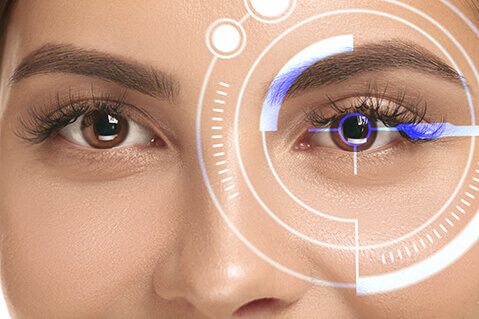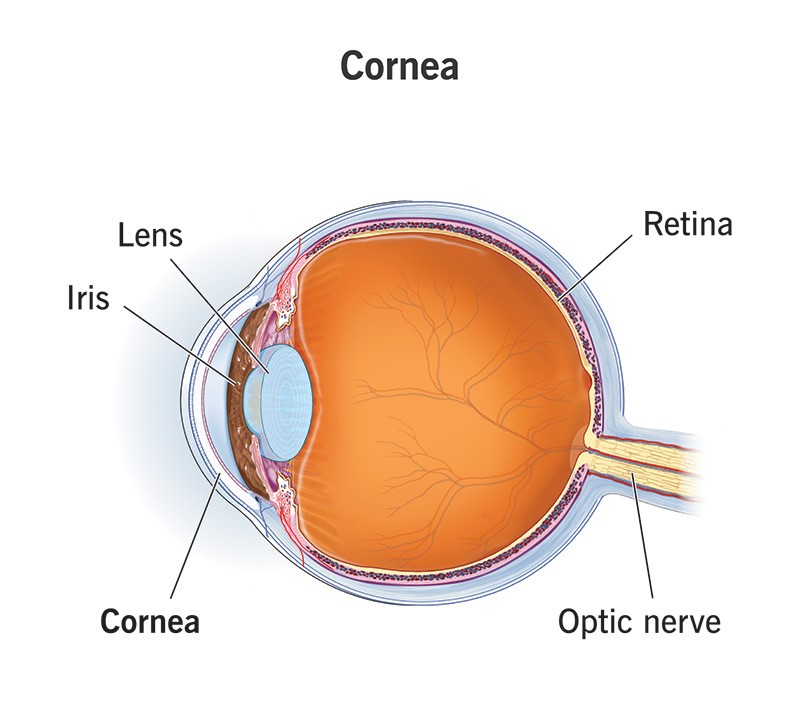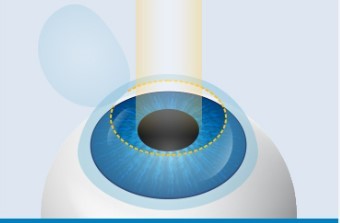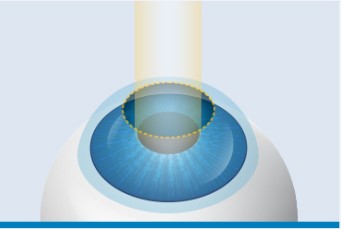Journal
What is vision correction surgery?
2024-03-20
Vision

WHAT IS VISION CORRECTION SURGERY?
The vision issues are a very common problem worldwide. There are at least 2.2 billion people with impaired near or distance vision. As a consequence, people who suffer from this problem are forced to wear glasses or contact lenses in their daily lives. Although glasses and contact lenses are a solution, it is only temporary, since it is not possible to wear them 24/7. Additionally, they can often be uncomfortable in certain aspects or moments of life, which can make it difficult to perform certain tasks or activities.
For this reason, nowadays many individuals consider putting an end to this problem, with a permanent solution. This solution is vision correction surgery. South Korea is one of the countries with the most advanced technology for this surgery.
But what is vision correction surgery? What does vision correction surgery treat? What are the different types of vision correction surgery? Who can have vision correction surgery? How do I know if I am a candidate for the surgery? In this article, we will delve into these questions.
What is vision correction surgery in Korea?
Vision correction surgery adjusts how your eyes focus light, improving your vision. It’s a general term for a few different types of surgery that can correct refractive errors in your vision.
Your eyes are supposed to naturally focus light so it reaches the back of your eyes don’t focus light correctly, affecting how well you see things.
There are two main places in your eyes where refraction happens:
-Corneas: The corneas of your eyes are dome-shaped sections of tissue at the front of your eyes. Your cornea is at the front of your eye, just in front of your pupil and iris. About 65% to 75% of refraction (light-bending) happens in your corneas.
-Lenses: The lenses of your eyes further bend and focus light as it travels toward your retinas at the back of your eyes. The lens of each eye is just behind your pupil.
Vision correction surgery can make changes to the corneas or the lenses, adjusting how they focus light. That’s how these procedures improve your vision.
Is not a complicated surgery. The procedure takes around 10 to 30 minutes, the hospitalization is just around 20 minutes, and you can see the improvements right after surgery or in about 2 weeks, depending on the type of vision correction surgery you have.

What does vision correction surgery treat?
There are four main types of refractive errors that vision correction surgery can treat:
-Nearsightedness (myopia)
-Farsightedness (hyperopia)
-Distorted refraction (astigmatism)
-Age-related loss of up-close vision (presbyopia)
What are the different types of vision correction surgery in Korea?
There are 3 main types of vision correction surgery in Korea:
-LASIK: This surgery is the most well-known laser refractive surgery performed to correct vision problems. LASIK surgery can be an alternative to glasses or contact lenses. During LASIK surgery, a special type of cutting laser is used to change the shape of the cornea. The cornea is the transparent, dome-shaped tissue at the front of the eye. First, a laser or a surgical blade creates a thin flap in the cornea. Next, an excimer laser sculpts the underlying cornea into a new shape to correct the refractive error. The flap is repositioned and adheres on its own without sutures after a few minutes. Once surgery is finished eye drops and/or ointment are placed in the eye to facilitate the healing process. Vision recovery is usually fast. Eye drops and special medications are given after surgery to minimize the risk of infection and improve comfort. Although you only need one day in Korea for this procedure, we recommend that you stay at least 3 days so that you can have a checkup afterward.

-LASEK: Like other types of laser refractive surgery, LASEK involves altering the shape of the cornea using an excimer laser to allow light entering the eye to be properly focused on the retina for clearer vision. In the LASEK procedure, the corneal epithelium is separated from the underlying stromal layer, but instead of completely removing and discarding this tissue the LASEK surgeon moves an ultrathin "flap" of epithelium to one side of the cornea, where it remains attached to the eye (as the thicker flap of corneal tissue created during LASIK surgery). After the laser treatment is completed, the epithelial tissue is repositioned on the surface of the eye to cover the laser-treated stroma, and a contact lens is placed as a bandage on the eye to hold the epithelium in place while it heals.

-SMILE: SMILE laser eye surgery is performed using a femtosecond laser. In the SMILE procedure, the surgeon uses a femtosecond laser to create a small lens-shaped piece of tissue (lenticle) inside the cornea. Then, with the same laser, a small arc-shaped incision is made on the surface of the cornea and the surgeon removes the lenticule through this incision and discards it. With the small lenticule removed, the shape of the cornea is altered, thus correcting myopia. The corneal incision heals within a few days without stitches and vision becomes clearer very quickly. This technique should be considered if you want the safest and most stable procedures.

Who can have vision correction surgery?
The basic conditions or requirements to have vision correction surgery are the following:
-Have 18 years or more
-Have a stable graduation for at least one year
-Have a good eye health.
-Pregnant or breastfeeding patients should wait, as during this time they may experience changes in prescription
-That there is no type of injury to the cornea
-You should not suffer from any autoimmune disease, diabetes, glaucoma and/or diabetic retinopathy. In these cases, the specialist must carry out an in-depth study of the patient
-You should not be taking medication that intervenes in blood clotting

How do I know if I am a candidate for the surgery?
An ophthalmologist, a specialist in refractive surgery, must determine who is a good candidate for eye surgery. To do this, the first thing the ophthalmologist must do is carry out a series of ophthalmological tests that provide information about the patient's profile and help determine whether the patient is a suitable candidate or not.
In conclusion, vision correction surgery procedures can make a big difference in how you see the world and live your life. These procedures may be the key to helping reduce your dependence on glasses or contact lenses or give them up altogether.
If you have trouble wearing glasses or contact lenses or want to improve your vision so your prescription is not as strong, vision correction surgery may benefit you. The ophthalmologist can help you understand more about these procedures and help you choose one. Docfinderkorea will help you find the best clinic in Korea for vision correction surgery. If you want to get a free consultation, click here.
Back


